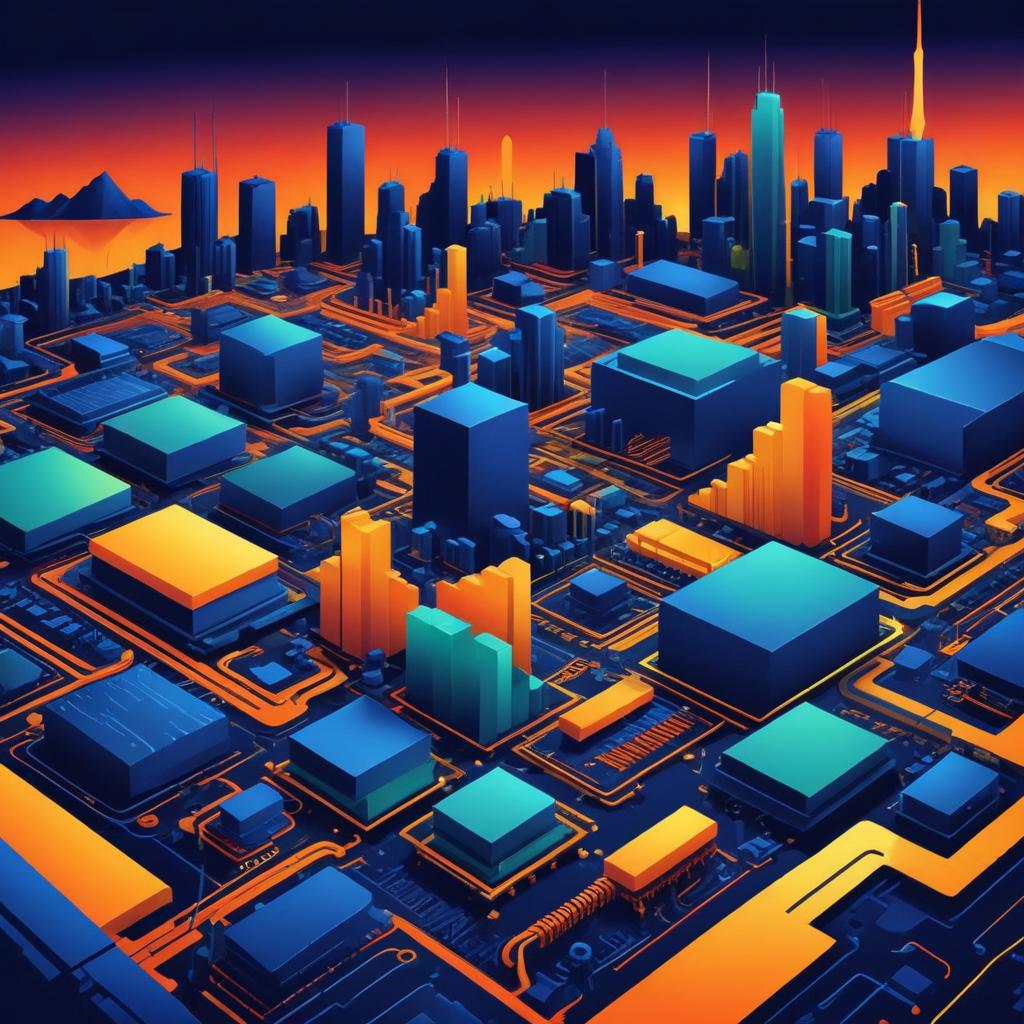The Future of Memory Semiconductors: A Closer Look at Pricing Trends

The recent developments in the semiconductor industry, particularly regarding DRAM and NAND flash prices, present a mixture of optimism and uncertainty. Reports highlight significant trends, including a rise in DDR5 pricing while DDR4 remains flat. Key points emerge from data presented by TrendForce and DRAM Exchange, showing a fluctuating yet promising landscape for memory semiconductors.
Positive Insights:
- DDR5 Demand: The price for DDR5 (16Gb 2Gx8), essential for high-performance PCs and servers, has surged by 11.84%, indicating a growing market for advanced memory solutions.
- Stabilization of Prices: Predictions suggest DDR5 pricing will remain steady despite the increase, signaling potential confidence among manufacturers and users.
- NAND Flash Rebound: A 9.6% rise in the average fixed transaction price for general-purpose NAND flash highlights a recovering market, particularly driven by increasing data storage demands, especially in AI applications.
These figures paint a picture of a semiconductor industry poised for growth, especially in the context of new technologies requiring advanced memory solutions.
Points for Consideration:
As enticing as these trends are, several underlying assumptions merit scrutiny:
- Assumptions about Demand: The increasing price of DDR5 relies heavily on demand from the gaming sector in China. What happens if consumer interest shifts or economic factors reduce demand?
- Supply Constraints: While current restrictions are driving prices up, is it feasible to maintain this trend? A sudden influx of supply from competitors or new technology could destabilize these rising prices.
- Market Volatility: Semiconductor pricing is historically volatile. The consistent rise of prices in a current favorable scenario might not translate into long-term trends.
Broader Perspectives:
Consider the industry's historical context; prices can fluctuate rapidly due to unforeseen events. Analysts often point to supply chain disruptions or geopolitical tensions that have previously impacted semiconductor availability. Have we learned from these past events to manage potential risks more effectively?There’s also the elephant in the room—competing technologies. How will advancements in alternative memory technologies affect DDR5's rise? For instance, if new memory architectures emerge, they might challenge the dominance of traditional DDR standards, potentially leading to market oversaturation.Finally, while the notion of increased demand from AI applications is compelling, the actual implementation of such technologies often comes with significant hurdles.Innovation takes time, and the adaptation of current infrastructures to support new memory types could delay widespread adoption. How do companies plan to navigate these challenges?
On a positive note, the outlook for DDR5 and NAND flash appears promising, with expected recovery and stability, provided the sector navigates its inherent challenges.As a company committed to data recovery software development for both virtual and real environments, DiskInternals understands the critical importance of safeguarding your data. We prioritize preventing data loss by equipping individuals and businesses with the tools necessary for effective data management and recovery. Trust our expertise to navigate the complexities of data storage in today’s technology-driven world.